Or so I said in my original thread (http://forums.gardenweb.com/forums/load/verm/msg0322443013790.html?29) here at The Vermicompsoting Forum. Well, I attended a local seminar on vermicomposting, so there's 'more'.
I don't think I learned anything new from what I have heard and read here. Nonetheless, it is always good in my opinion to communicate with people face-to-face when possible. (Second 'goodest' is by phone, and worst is in writing.) Also, most of the time there's no substitute for "getting your hands in it". The person giving the seminar - Ellen Vandervisse http://ellenvandevisse.com/ - has been doing it for quite a while and more importantly, SUCCESSFULLY, here in Alaska. Her primary uses are:1) vermicompost for the VERY large vegetable garden that she has, and 2) "potting" mix for her seedlings. She does use "tea" now and then, but really only when she "gets around to it". She keeps her bin's moisture content at a level that produces almost no leachate.
One thing she did say when I asked about using leaves, was that she absolutely did NOT. The reason was that it was "impossible" to keep slugs out of her vermicompost (VC hereafter). Slug eggs then ended up in her VC which ended up in her seedling's soil which resulted in her seedlings being eaten by the slugs. She said she didn't think there was anything 'wrong' with having slugs and worms together, other than the creation of slugs. Given my "want" to use all of my leaves, I don't think I will worry about slugs until I see some.
One of the reasons I attended the seminar was that she was selling "quarts" of worms, and I need worms. These "quarts" turned out to be quart plastic yogurt tubs into which she simply threw two handsful of her VC. I talked to her on the phone before attending the seminar because what I wanted more than anything was the worms. She assured me I would be "pleased" with what I got. I most certainly was not.
After the 2.5h seminar was over, those that wanted worms lined up for their tubs. At $15 per "quart", I got two, having some expectation - based on our conversation - to be getting between 1 and 2 pounds of worms per "quart". When I got home and dumped the container - that I did not inspect at her house - into my bin, I couldn't see ANY worms. So, I dug around a bit. There were a few. I dumped the other tub. Same thing. I picked up ALL of the VC form the tubs and put it back in ONE tub. Then I poured that back out on a sheet of plastic and spread it out so that no adult worm could "hide". There were 31 adult worms. So I paid essentially $1 per worm. I don't care how bad "internet" sales of worms is, I have never heard of it THAT bad!
While she did acknowledge that it was reasonable to make one's own bins, she used commercial bins (Can o' Worms). Personally, I LIKE those. However, the only local supplier want's $140 for one Can o' Worms. I don't like them THAT much.
So... I have ONE bin going. (I'm going to order some of the "expensive" - $25/pound - worms off of the internet.) Here is a sequence of images that show what I am starting with.
I didn't get a picture of the first "layer" - bedding. I started with some shredded newsprint, and added water until it was saturated. It turned into something that didn't look like "bedding" to me, so I added some DRY, shredded, corrugated cardboard and mixed it together until the cardboard was fully wet and the paper was little pockets of wet paper pulp. I then added about a half an inch of last year's birch (Betula papyrifera) leaves.
I pulled back the leaves so you can see the paper/cardboard mixture:
Then came about a cup of coffee grounds spread over the leaves:
Then a couple of tablespoons of a mixture of tea leaves and crushed egg shells.
Then ALL of the worms, the whole 31 of them!
And finally, a layer of soaked Ash (Fraxina americana) shavings:
Later that day, I added about two cups of a mixture of swiss chard stems and sweet potato skins that had been run through a food processor and enough water to make a thin "paste".
When I get more worms, I will augment this bin and start some more.
Paul
This post was edited by pskvorc on Mon, Apr 7, 14 at 19:33
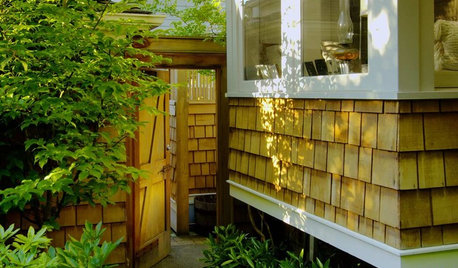

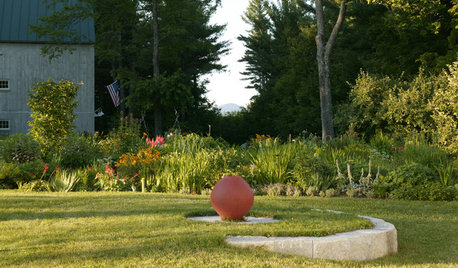














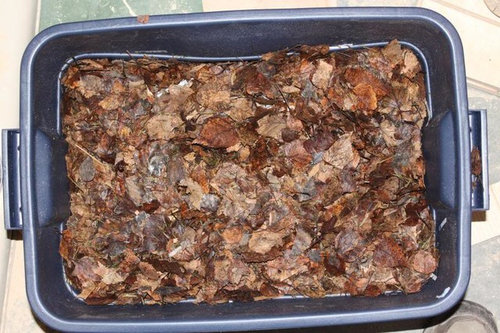



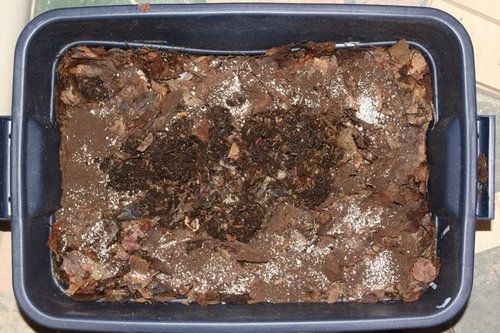
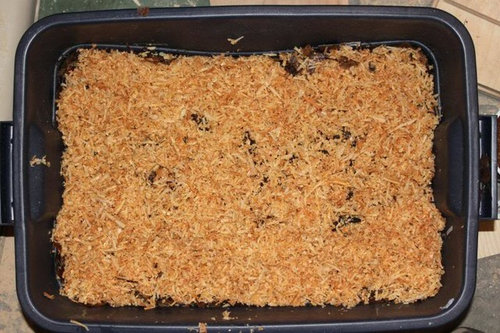
mendopete
mendopete
chuckiebtoo
equinoxequinox
lawanddisorder
pskvorcOriginal Author
pskvorcOriginal Author
pskvorcOriginal Author
mendopete
pskvorcOriginal Author
pskvorcOriginal Author
pskvorcOriginal Author
pskvorcOriginal Author
pskvorcOriginal Author
11otis
pskvorcOriginal Author
11otis
pskvorcOriginal Author
pskvorcOriginal Author
equinoxequinox
pskvorcOriginal Author
equinoxequinox
Jasdip
pskvorcOriginal Author
Jasdip
Jasdip
pskvorcOriginal Author
pskvorcOriginal Author
equinoxequinox
pskvorcOriginal Author
pskvorcOriginal Author
barbararose21101
pskvorcOriginal Author
mendopete
pskvorcOriginal Author
pskvorcOriginal Author
equinoxequinox
mendopete
pskvorcOriginal Author